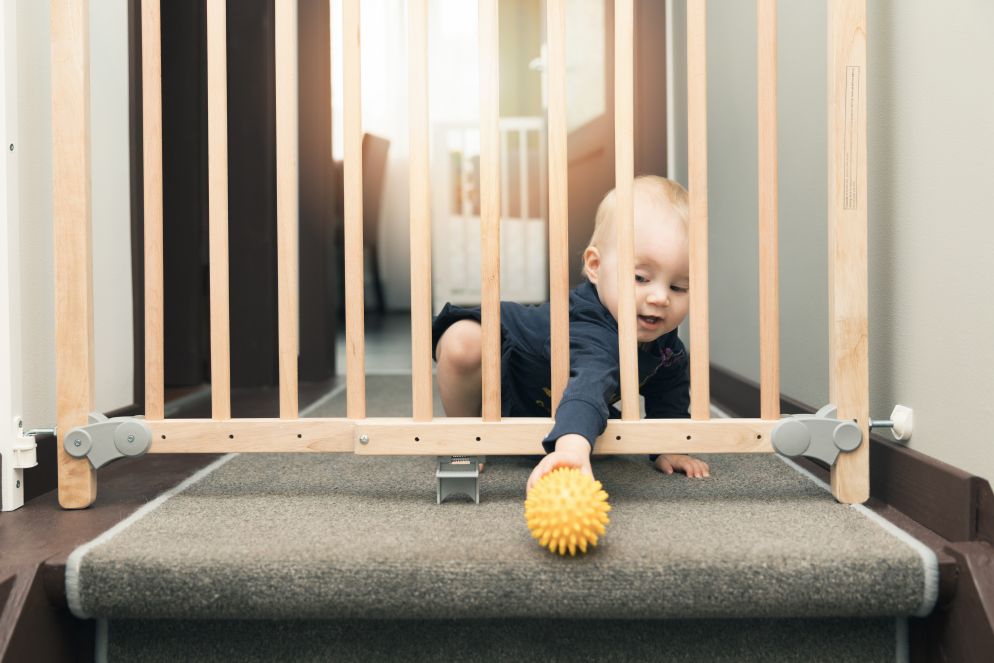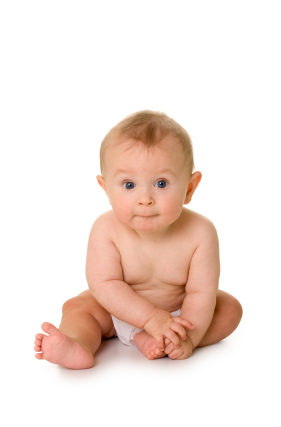We rounded up pediatricians and baby safety experts to answer parents’ most frequently asked questions about baby food. Their answers might save you money!
Breastfeeding
Q: Are there special food recommendations for breastfeeding, like there are when you’re pregnant (such as avoiding soft cheese and raw fish)?
A: Not many. When you’re breast-feeding, continue avoiding fish high in mercury, such as shark, swordfish, king mackerel or tilefish. If there’s a family history of a serious food allergy, such as peanuts or shellfish, you may be advised to avoid that food, even if it’s your partner who is allergic. “Otherwise, you can go ahead and eat your normal diet,” says Jennifer Trachtenberg, M.D., a New York City pediatrician and author of Good Kids, Bad Habits.
Q: If you avoid drinking milk yourself, can it prevent your baby from becoming gassy? Does sticking to a bland diet prevent colic?
A: Not true, says Dr. Trachtenberg . Similarly, you don’t need to avoid soft cheeses like feta, Brie, and Camembert, or sushi or sashimi like you did during pregnancy because the bacterium that may be found in these foods that could cause infection, Listeria monocytogenes, doesn’t transfer to breast milk. Caffeine and alcohol also aren’t off limits if your baby is healthy and not preterm or past due, “but moderation is the best thing,” she says. Ask your baby’s pediatrician for advice if you want to consume either.
Money-savers
Q: What’s a great way to save money on baby food?
A: “Make your own,” advises Charles Shubin, MD, director of pediatrics at Mercy Family Care in Baltimore. Use a small hand grinder or a blender to puree the food. For substantial savings, choose single-ingredient meats, vegetables and fruits, then mix them to your baby’s liking instead of buying ready-made combos such as herbed chicken with pasta.
 Q: What about introducing "solid" food?
Q: What about introducing "solid" food?
A: Typically around 4 to 6 months, introduce one food at a time and wait three days. Start with iron-fortified infant cereal mixed with breast milk or formula. Then, slowly introduce pureed vegetables, fruits and meat according to your pediatrician’s time table. If your baby doesn’t get a reaction such as diarrhea or rash, the coast is clear. Go ahead and add another food to your baby’s menu. Don’t spike your baby’s food with sugar or corn syrup and no honey for the first year. Also during your baby’s first 12 months, steer clear of foods loaded with fat and sugar, such as bacon, lunch meat, hot dogs, French fries, creamed veggies, pudding, cookies, candy, cakes, and sweetened drinks such as iced tea and soda. And don’t give your baby hot dogs, peanuts, whole grapes, berries, raisins, hard candies and popcorn (radar: choking hazard).
Milk and formula
Q: Is it safe to switch from a formula such as Similac to the store-brand infant formula? I hear the store brand is so much cheaper.
A: It’s definitely safe. Store-brand formulas, labeled with the names of retail-store brands, such as Target (up & up), Wal-Mart (Parent’s Choice) and Babies R Us, are as nutritionally complete as national brand formulas, yet cost up to 50% less — which can save $600 per year.
Q: Besides infant formula or breast milk, what else can my baby drink during his first year?
A: You’ll need to keep feeding your baby formula or breast milk through the first year, even when your baby starts eating solid food. But when your baby is 6 months old, you can add 100% fruit juice (check the label) to your baby’s repertoire. Go easy though. The American Academy of Pediatrics recommends limiting 100% fruit juice to no more than 4 to 6 ounces per day from 6 months to 6 years of age, and making it part of a meal, not a snack. Too much juice can cause diarrhea and gas, contribute to tooth decay and fill your baby up so that he has less room for more nutritious foods. To limit juice, offer 1 to 2 ounces at a time in a sippy cup, not a bottle. The juice should be pasteurized (flash-heated to kill pathogens). Fresh-squeezed juice isn’t pasteurized.
Q: How can I help my baby switch from infant formula to cow’s milk?
A: After your baby’s first birthday, it’s safe to make the switch from infant formula or breast milk to whole cow’s milk. But if you’re baby’s not buying it, try introducing whole cow’s milk gradually. Over several weeks and months, add a little whole milk to the formula you prepare and slowly increase the proportion of milk to formula until your baby is drinking straight cow’s milk. Don’t buy low-fat milk, thinking it’s healthier. A baby’s rapidly-developing brain thrives on the high percentage of butterfat whole milk contains. Just think: A child’s brain grows to 80 percent of its adult size by age 3 and much of that development happens by age 2. After your child’s second birthday, brain growth begins to subside. That’s when it’s time to switch to foods low in artery-clogging trans and saturated fat, such as low-fat and nonfat milk and yogurt. For more on what to feed your baby, visit Kidseatright.org.
Other safety questions
Q: Do I need to shell out for a bottle sterilizer or is the dishwasher good enough?
A: The dishwasher will do the job, especially if you have city water (not well water), which is chlorinated, says Dr. Shubin. Wash your bottles in the top rack of the dishwasher. Or wash bottles in hot tap water with dishwashing detergent and then rinse them in hot tap water.
Q: How long can I leave infant formula or pumped breast milk out?
A: You can leave prepared infant formula or pumped breast milk out of the refrigerator (without a cold pack) for two hours.
Q: When preparing infant formula, can I just use tap water or do I need to buy bottled water?
A: “You can use tap water to prepare infant formula unless you have your own well,” says Dr. Shubin. However, to avoid exposing your baby to lead from the pipes in your home, use water from the cold tap for making baby formula, drinking, and cooking. If you haven’t turned the water on for six hours or more, the EPA advises letting it run for a minute or more before filling your baby’s bottle.
Q: Is it safe to put a partially eaten jar of baby food back in the fridge for next time?
A: You can stash it in the fridge for later unless you fed your baby from the jar (oryogurt container). If you did, toss it. Harmful bacteria from your baby’s mouth can grow and multiply in the jar. To serve a partial jar, spoon a portion into a bowl and refrigerate the rest. Opened jars of fruits and vegetables will keep for up to three days in the fridge. Meats are good for one day. Date open jars with a permanent marker.
Sandra Gordon is a freelance writer.






